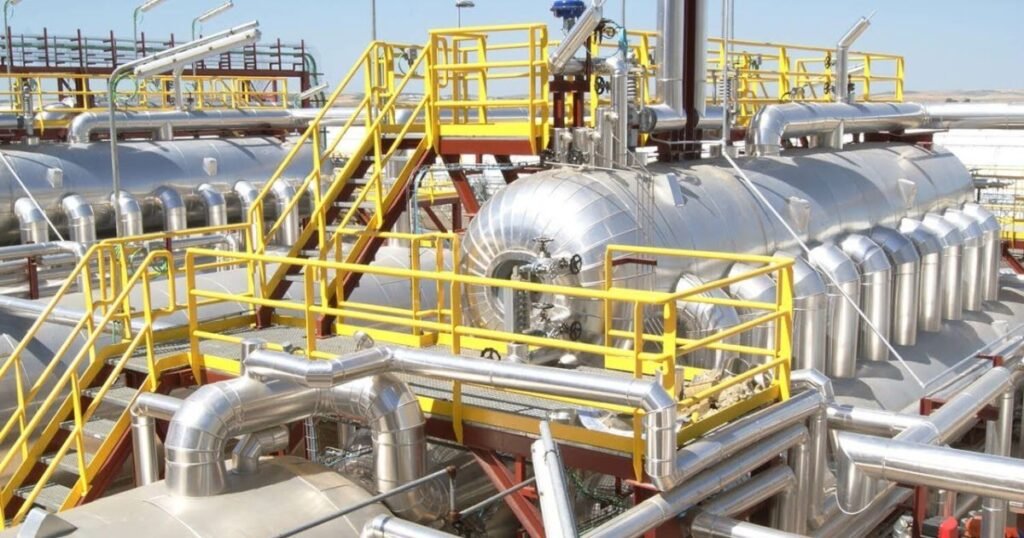
Condensate Polishing Plant removes impurities to protect boilers.
A Condensate Polishing Plant is a critical part of power generation and industrial steam systems. It purifies the condensate, the water that forms when steam cools before it is reused in boilers. Without this purification, impurities in the condensate can cause corrosion, scaling, and reduce equipment efficiency.
By removing dissolved solids and impurities, the condensate polishing plant helps maintain the health of the boiler and steam cycle, ensuring smooth operation and extending the lifespan of expensive equipment.
Why Is a Condensate Polishing Plant Important?
Impurities such as silica, oxygen, and various dissolved salts naturally accumulate in condensate water. These contaminants can damage the boiler tubes and turbine blades, leading to costly repairs and downtime. The condensate polishing plant prevents these problems by continuously filtering and chemically treating the condensate water.This purification not only protects the equipment but also improves the thermal efficiency of the system. Clean condensate means fewer shutdowns, lower maintenance costs, and safer plant operation.
How Does a Condensate Polishing Plant Work?
The plant uses a combination of mechanical filtration and ion exchange resin beds. The process typically involves:
- Passing condensate water through ion exchange columns that remove dissolved impurities.
- Removing suspended solids through filters.
- Polishing the condensate to meet stringent purity standards before sending it back to the boiler.
This continuous cycle ensures that the condensate remains free of harmful substances, protecting the entire steam generation system.
Common Problems in Condensate Polishing Plants
Condensate polishing plants can face issues like resin fouling, reduced ion exchange efficiency, and filter blockages. If maintenance is neglected, contaminants can build up, reducing system performance and risking equipment damage.
Regular monitoring and maintenance are essential. Operators must test water quality and replace resin beds as needed to maintain optimal operation.
Where Are Condensate Polishing Plants Used?
They are commonly found in:
- Power generation plants
- Industrial steam systems
- Refineries
- Chemical processing plants
Any facility that relies on steam boilers benefits from condensate polishing to maintain system integrity.Interested in plant-inspired interior design instead? You might enjoy our picks for the 10 Best Faux Olive Plants That Look Amazingly Real.
How to Choose the Right Condensate Polishing Plant for Your Needs?
Selecting a condensate polishing system depends on factors like:
- Boiler size and capacity
- Steam purity requirements
- Type and level of contaminants
- Maintenance capabilities
Consulting with experts and using tailored solutions ensures the plant runs efficiently and reliably.For more insights on industrial solutions and equipment, visit One Parish.
Frequently Asked Questions
What is the main function of a condensate polishing plant?
It removes impurities from condensate water to protect boilers and steam turbines from damage.
How often should condensate polishing plants be maintained?
Regular maintenance depends on plant usage but generally includes weekly water testing and periodic resin replacement.
Can a condensate polishing plant improve boiler efficiency?
Yes, by ensuring clean condensate, it reduces corrosion and scaling, improving thermal efficiency.
What contaminants are removed by a condensate polishing plant?
Common contaminants include dissolved solids like silica, salts, and oxygen.



